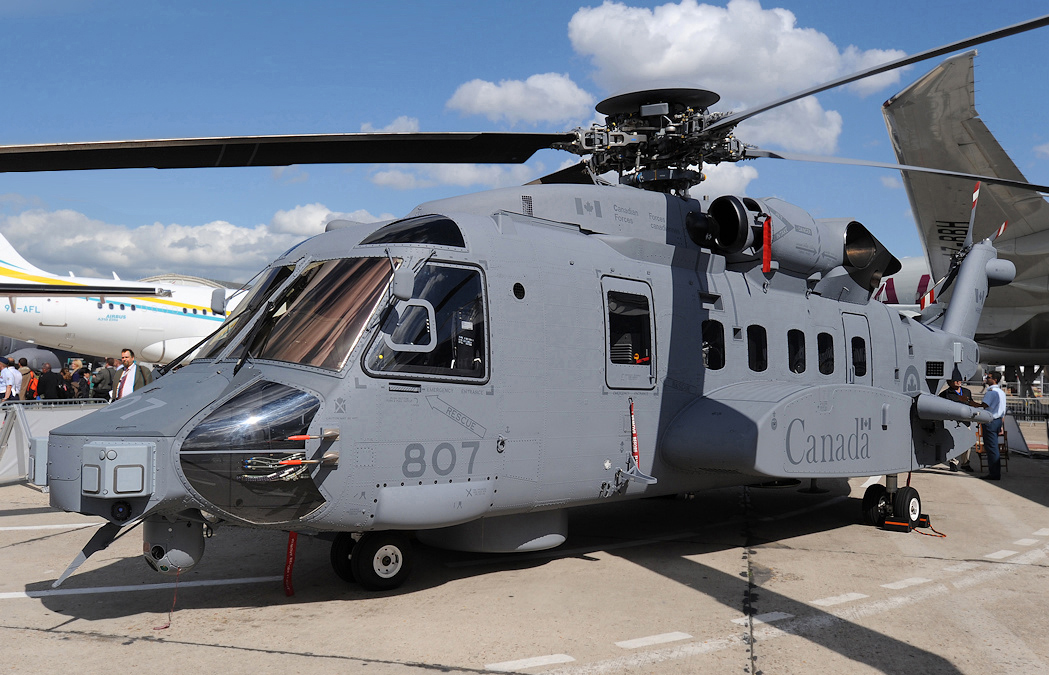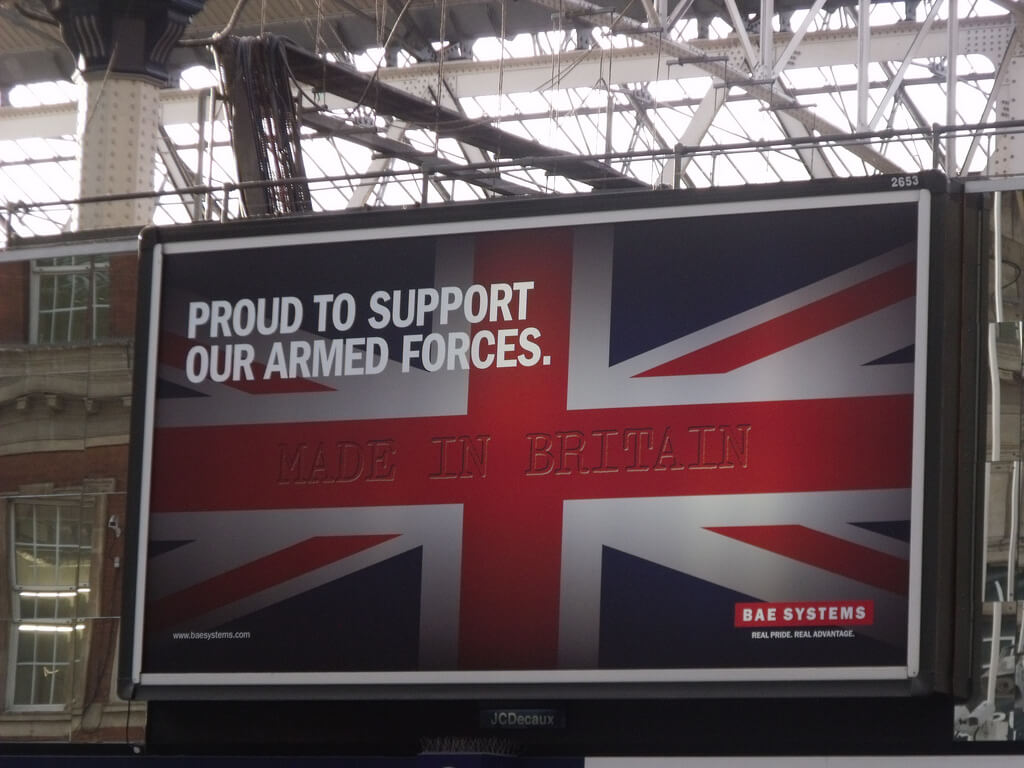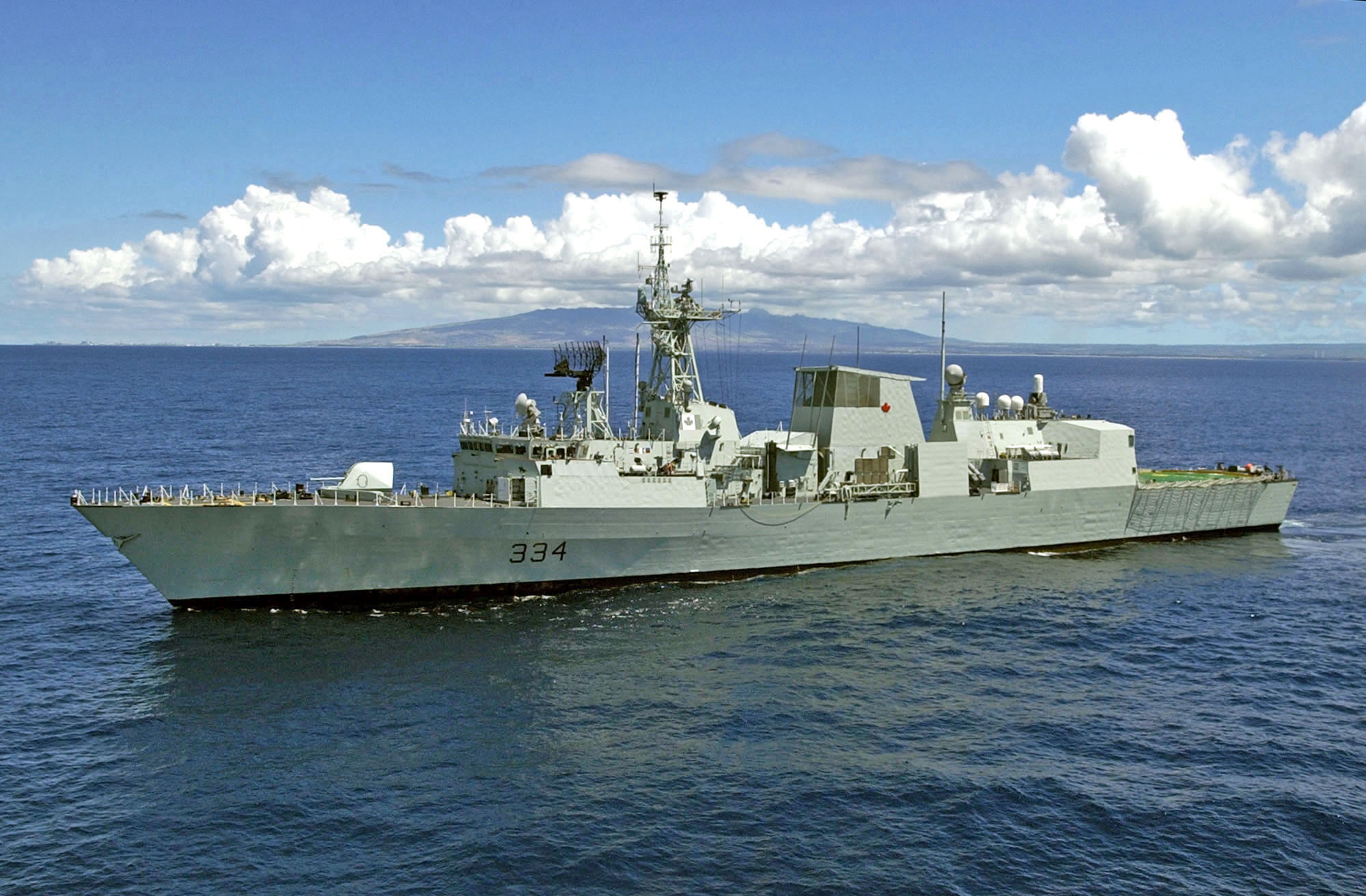In part II of this series, the early development stage of the Joint Strike Fighter (JSF) program (2001-2006) and the importance of stealth capabilities were discussed. After 2006, F-35 debate in Canada intensified as plans were drafted to replace the Royal Canadian Air Force’s fleet of CF-18s.
Canada received its first CF-18 fighters in 1982. The CF-18 was originally set to retire in 2003, but this was pushed to 2025 through a series of life-extension programs. In joining the third phase of the JSF in December 2006, Canada was not committed to purchasing the F-35, although some have reported that this would increase the pressure to do so, especially from the defence industry.
Debating CF-18 replacement (2005-2010)
Proposed aircraft to replace the CF-18 have varied with suggestions ranging from unmanned systems to scrapping jets altogether. However, most have maintained that manned fighters remain a relevant part of modern combat and are important for Canadian defence and international operations. The debate that emerged thus focused the debate on which of the available fourth- and fifth-generation fighters should be purchased.
In March 2005, the Canadian Armed Forces (CAF) began a preliminary analysis of replacement aircraft for the CF-18s, reviewing Boeing’s F/A-18E/F Super Hornet, Saab’s JAS 39 Gripen, the Eurofighter Typhoon, the Dassault Rafale, and Lockheed Martin’s F-35 II Lightning. The CAF’s preliminary study was concluded on June 22, 2006, with a “strong preference for the F-35” as it had the potential to be “the best available replacement aircraft to meet future Canadian aerospace warfare requirements.”
A later analysis of the three main contenders – the Typhoon, Super Hornet, and F-35 – concluded that, although all three met the DND’s criteria, the F-35 offered “exceptional capability at the lowest cost and unparalleled benefits for the Canadian aerospace industry.” This evaluation became subject to dispute, as no documentation was provided by the Department of National Defence to support the claims that were made.
In 2007, a new office was created to plan the fighter jet replacement. In 2008, the government announced that it would pursue a Next Generation Fighter Capability. From late 2008 to mid-2009, the DND led a campaign to convince the government to purchase the F-35, recommending that no further competitive evaluation was required.
A senior DND review board approved the Next Generation Fighter Capability Project on January 7, 2010, and the DND resumed its efforts to promote the purchase of the F-35. At the same time, Public Works and Procurement Services Canada became more actively involved in the decision-making process, and the JSF underwent its third program adjustment.
On May 27, 2010, Defence Minister Peter MacKay told parliament that there would be an “open, competitive, transparent process” to purchase the new fighter. Later in May, Auditor General Michael Ferguson stated that DND was intending to recommend that Public Works non-competitively purchase the F-35, and would request an exemption from competition on the grounds of public interest.
Following a request from Public Works for documentation on operational requirements, the DND supplied its report in June 2010, after which both Public Works and the DND finalized the decision to purchase the F-35. On July 16, 2010, the Conservative government announced that it would purchase 65 F-35s for an acquisition cost of $9 billion, pending further information on maintenance costs. Despite the progress made, these efforts were halted in late 2010 and early 2011.
Procurement law and the market
The conventional understanding of defence procurement is that the process must be an open competition, because this will inevitably lead to the most cost-effective option. The Conference of Defence Associations Institute’s (CDAI) December 2015 paper on competition in defence procurement outlined several instances in which competitive process can be waived in favour of non-competitive sourcing.
It identified four instances in which competition could be waived in defence procurements: in the case of pressing emergency when competition would be injurious to public interest; when the cost expenditure does not exceed $25,000, although this was revised in 2016; when the nature of the work would make bidding disadvantageous to public interest; or when only one source is capable of fulfilling the contract. The third condition therefore permits Canada to legally purchase the F-35 without competition, but political leaders shy away from this option due to the institutional commitment to the idea of open competition and public suspicion of sole-sourcing.
The CDAI paper also found that, while competitive sourcing policies do sometimes bring down costs, this does not always apply when managing complex programs. The defence supplier pool has become much smaller and more centralized over the last 50 years because production chains, weapon systems, and research and development have become increasingly expensive, sophisticated, and technologically demanding. Since the number of suppliers is much smaller and modern warfare requires highly specialized systems, competition is less important as there are likely only one or two suppliers capable of fulfilling the contract. Also, running a competitive process increases the overhead of bidders, who then raise the acquisition costs of programs. Moreover, the paper maintains that sole-sourcing is a reliable form of procurement process and that cost overruns are unlikely to occur as a result.
The prevailing understanding is that the most cost-effective option (i.e. the cheapest) is the most attractive option. However, operational requirements and the speed of technological development demand the prioritization of advanced capabilities over cost. Since weapon systems have increasingly longer service lives during which they must be able to maintain a comparative operational advantage, cheaper options may easily become technologically inferior after a few decades of service.
Canada’s F-35? Almost.
Between 2005 and 2010, the CF-18 replacement debate was a contest between the DND pushing toward sole-sourcing without further competition and sceptical government departments and politicians. The resistance that would follow in late 2010 was partially the result of the DND not managing the analysis and evaluation process with sufficient transparency. However, entrenched attitudes towards non-competitive procurement also played a significant role in halting the purchase of the F-35, which was consolidated by the successful vote of no confidence in the government in March 2011. Regardless, the window of opportunity for F-35 procurement had by then passed until further notice.
Photo courtesy of Canadian Forces Combat Camera (Department of National Defence).




